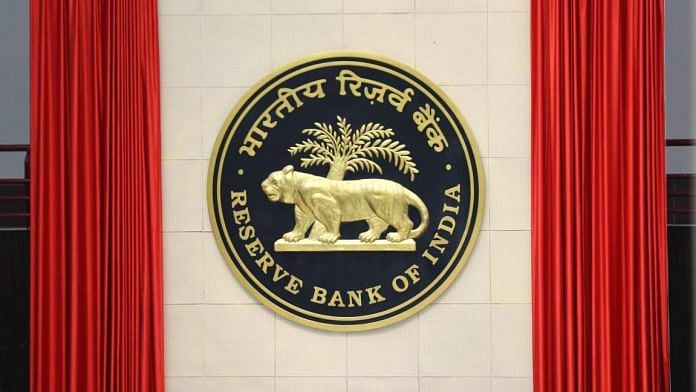Mumbai: India’s central bank has a number of policy options to draw upon to cushion the economic blow from the coronavirus pandemic.
With a limited fiscal response so far, the Reserve Bank of India has taken the lead in providing virus relief to the economy. It’s cut interest rates by 75 basis points, injected more than $50 billion of liquidity into the financial system, imposed a moratorium on loan repayments and relaxed some regulations on bad loans.
Analysts say Governor Shaktikanta Das will need to do a lot more in coming weeks. Here’s a look at some of the policy options still available to him.
Rate Cuts
Das said last week he expects inflation, which spiked above 7% at the end of last year, to ease below a 4% medium-term target in coming months, giving the RBI room to act. The policy space “needs to be used effectively and in time,” he said, signaling a likely cut in the benchmark interest rate.
“We expect another 75 basis points of cumulative repo rate cuts in 2020 and more unconventional policy measures to follow,” said Sonal Varma, chief economist for India and Asia ex-Japan at Nomura Holdings Inc. in Singapore.
Deficit Financing
India’s combined budget deficit — which includes the shortfall for the federal government and states — may blow out to above 10% of gross domestic product from about 6% now, as revenue plunges. Authorities may be forced to borrow more to finance the additional spending and wider deficits.
The RBI may be able to help fund the budget deficit by directly buying government bonds. Although the practice has been banned by law since 2006, the government can use an ‘escape clause’ if the fiscal deficit is expected to be 0.5 percentage points above the targeted shortfall for the year. If the clause is invoked, the central bank would be allowed to participate directly in primary auctions for sovereign debt.
While critics have warned that the move could lead to a downgrade in India’s credit rating to junk, proponents of the move say debt monetization is inevitable.
“The RBI has to support the primary and secondary market,” said Chakravarthy Rangarajan, a former RBI governor. “A large borrowing in a short time cannot be managed without monetizing.”
Also read: Oil price falls to 21-year low as demand sinks and the world runs out of storage
Bond Purchases
Traders are increasingly calling on the RBI to commit to a calendar for open market bond purchases to support market sentiment. The central bank has so far bought 400 billion rupees ($5.2 billion) of bonds, but analysts including Kotak Institutional Equities’ Suvodeep Rakshit are hoping for about 5 trillion rupees of purchases, including state government loans.
The central bank has also resorted to secondary market debt purchases to keep a leash on bond yields. It bought 146.6 billion rupees of debt over three days in the week ended April 10, according to official data released April 17.
Corporate Debt
The RBI has resorted to targeted liquidity injection to ease some of the funding squeeze in the economy. Under a 500 billion-rupee program announced Friday, banks have to buy investment-grade corporate bonds of shadow lenders. However, a majority of shadow banks and lower-grade corporates are still finding it tough to raise money to finance their operations.
Analysts led by A Prasanna, chief economist at ICICI Securities Primary Dealership in Mumbai, are calling on the RBI to buy corporate debt to ease some of that crunch.
The RBI may restrict itself to buying investment grade securities, and would need some explicit backing by the government, Prasanna said. Alternatively, the central bank could open up repurchase funding against all investment grade corporate bond collateral for a wider group of counter-parties than the usual interbank participants, he said.
Looser Rules
In a fresh set of measures announced on April 17, the RBI further relaxed the timelines for bad-loan rules, and barred lenders from paying dividends for the year ended March 31. The RBI has given all banks a three-month grace period during which they have some relief from rules governing bad-loan recognition.
Economists like Soumya Kanti Ghosh, chief economic adviser at State Bank of India, say the central bank should further ease norms for companies to meet their working capital and other funding requirements.
“The only way to save the economy and the financial system seems to be a relaxation of the income recognitions norms by extending the 90-day schedule to 180 days,” he said.-Bloomberg
Also read: How Indian factories have begun to tip-toe back to work after lockdown was lifted partially



